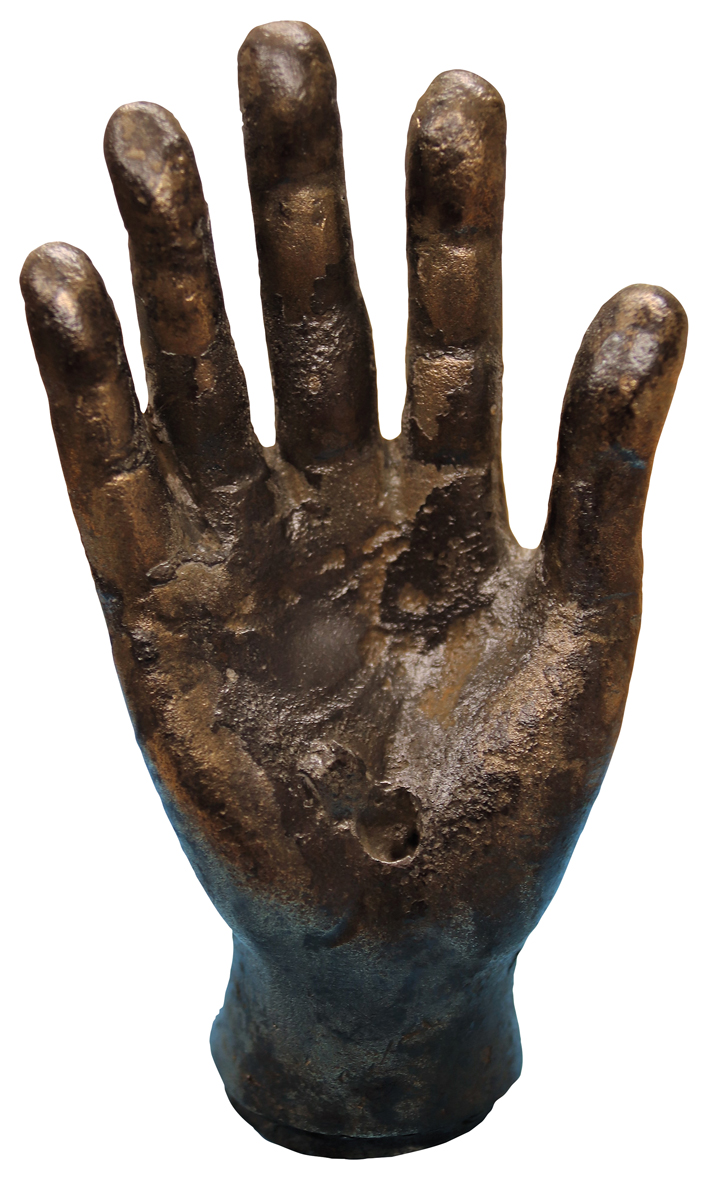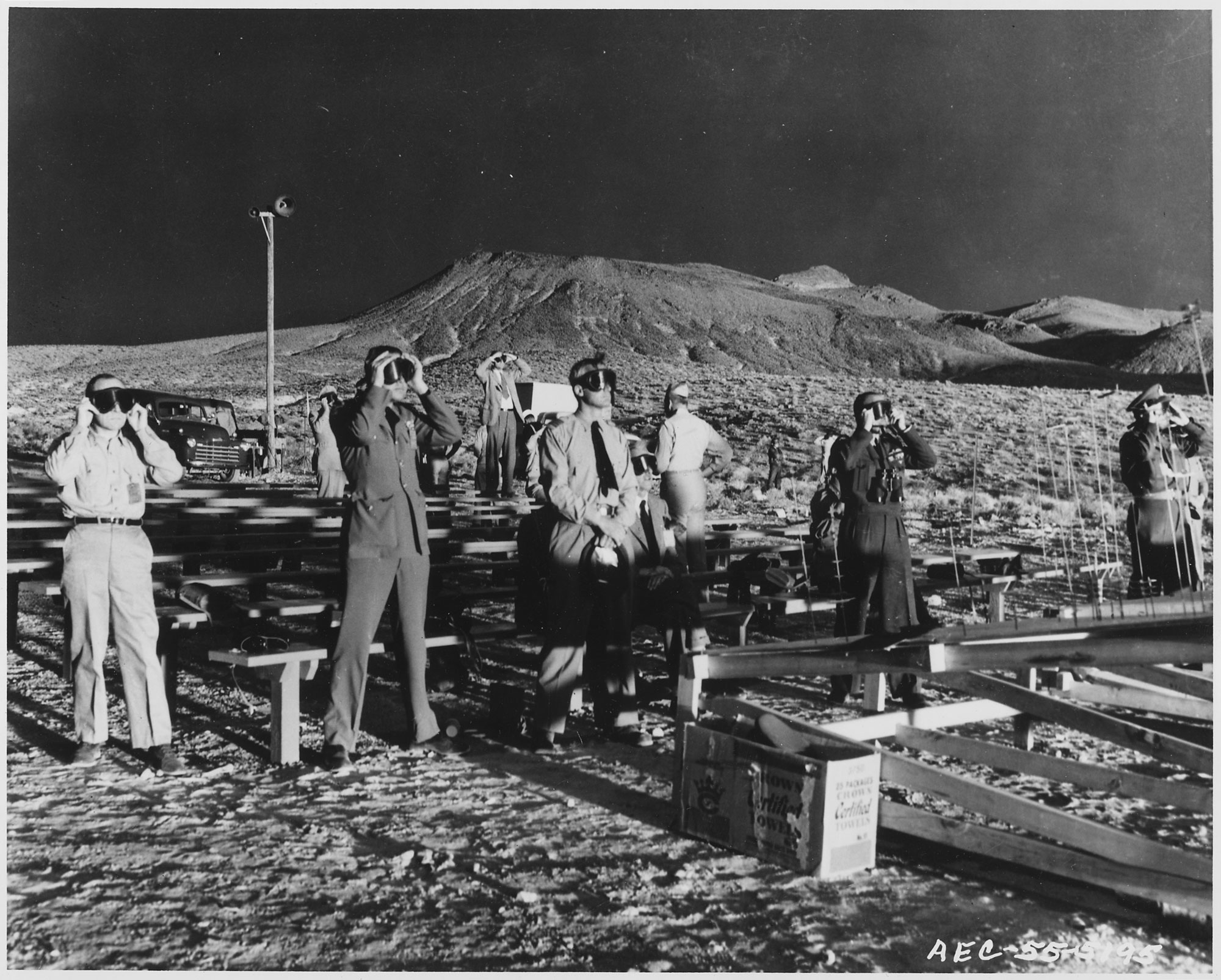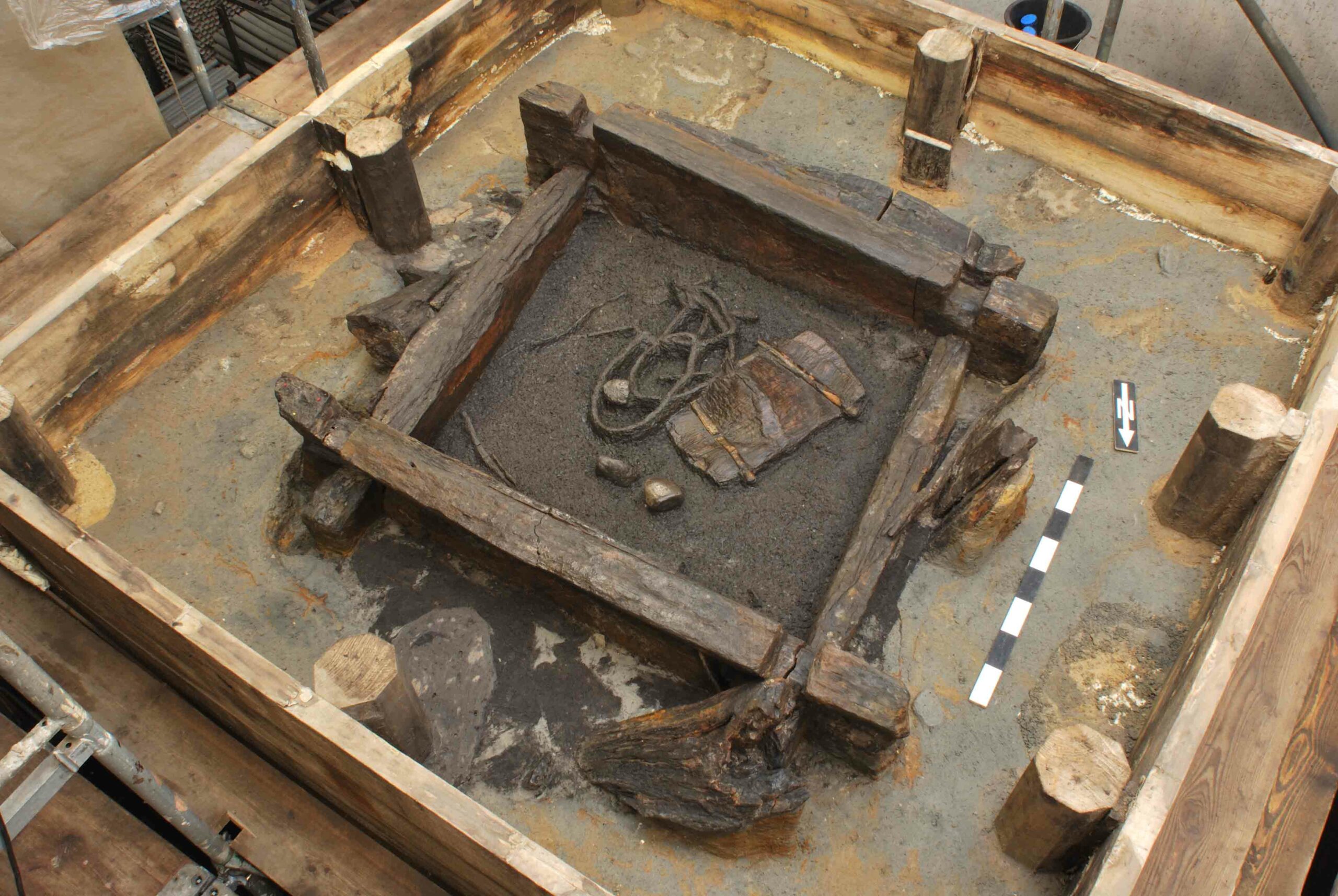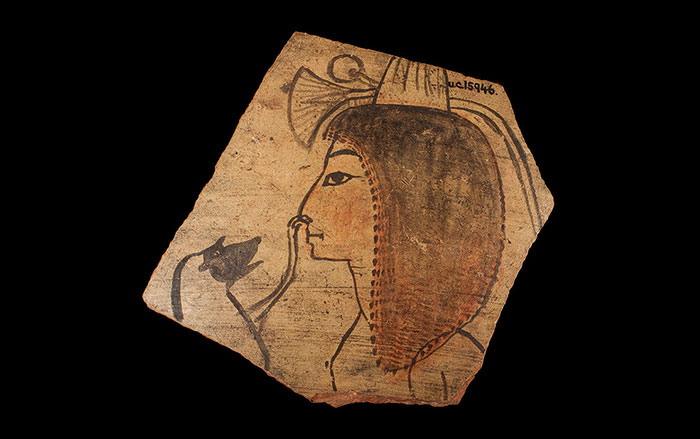
BRADFORD, ENGLAND—Analysis of residues collected from 49 burials from Roman Britain has identified traces of frankincense, which was imported from southern Arabia or eastern Africa, in four of them. Traces of resins imported from the Mediterranean region and northern Europe were found in ten others. “Archaeologists have relied on finding visible resin fragments to substantiate the descriptions of burial rites in classical texts, but these rarely survive. Our alternative approach of analyzing grave deposits to find the molecular signatures of the resins—which fortunately are very distinctive—has enabled us to carry out the first systematic study across a whole province,” Rhea Brettell of the University of Bradford told the Telegraph & Argus. Based upon the type of burial containers used and the clothing that the deceased had been wearing, the resins were only recovered from the burials of higher status individuals. Classical texts record that such precious resins were used to mask the smell of decomposition during funeral rites. They were thought to purify the dead and help them pass to the afterlife. To read more about Roman funeral rites, see "Burial Customs."










